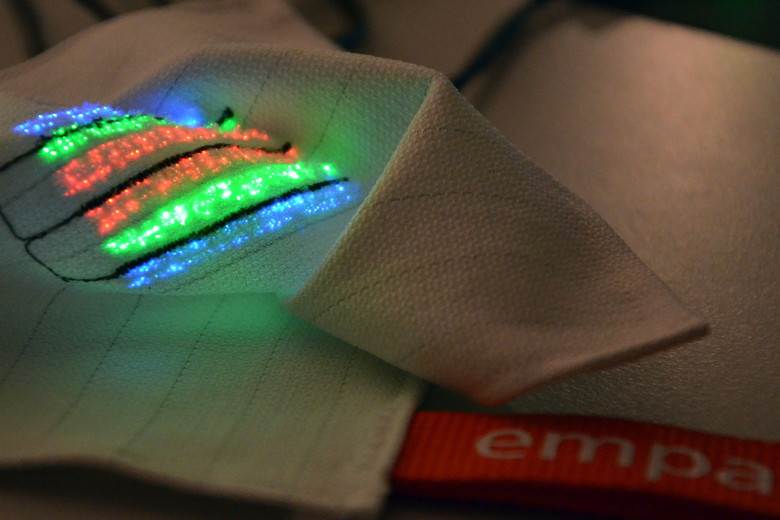Empa researchers develop optic fibres for soft sensors
21/03/2017

“Normally, these fibres, which are usually associated with communication technology, aren’t flexible enough,” explained Maike Quandt, first author of the study and a researcher at Empa.
Optic fibres are usually easily damaged if bent too much. The researchers aimed to create fibres that do not break if knotted, allowing the sensor to be fully sewn into a textile material.
To create the fibres, the team employed melt-spinning, which involves melting down the materials needed for the thread before spinning them to the desired shape and size.
The resulting textile sensor can be produced on an industrial scale and is able to withstand a disinfection wash cycle. This makes it useful for the hospital sector, where it can be used to monitor the skin’s circulation and prevent bedsores.
The researchers tested the sensor in the form of a hat, which allowed them to measure the heart rates of the test subjects via their foreheads. They are now exploring how it can be used to measure other data, including oxygen saturation and metabolic products. It also has potential applications in sports clothing to measure performance data.
Image courtesy of Empa.








